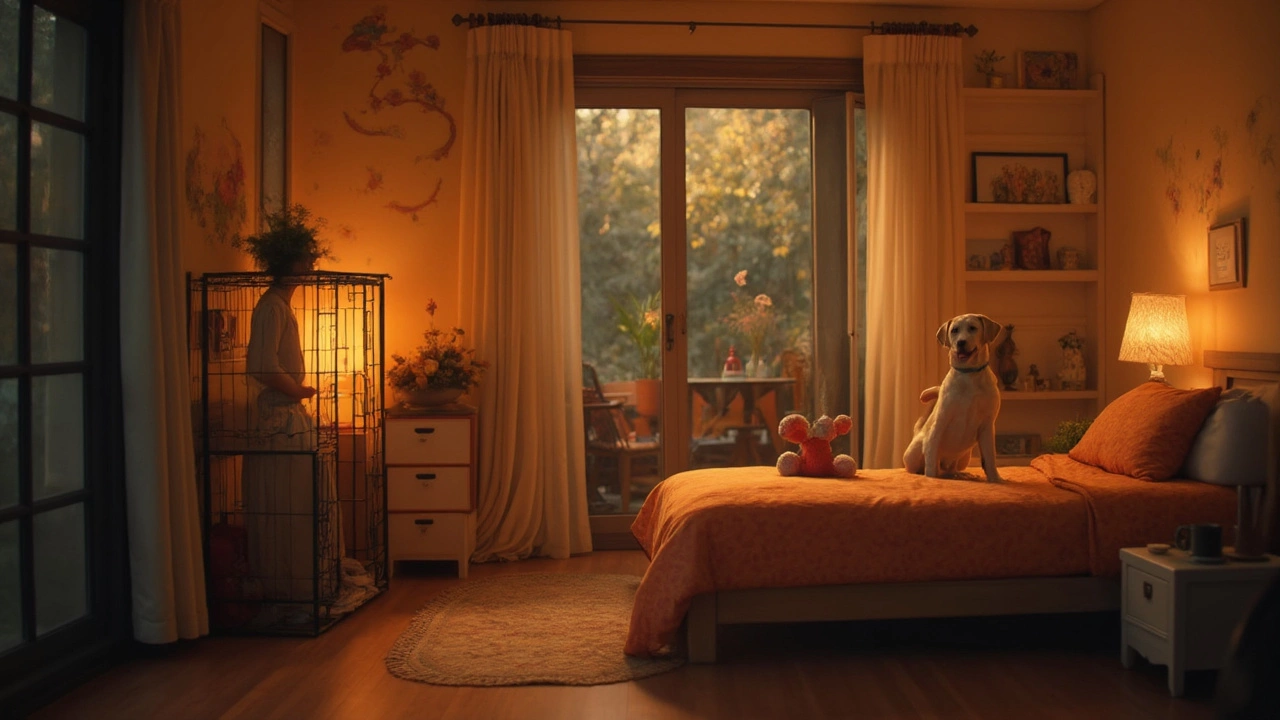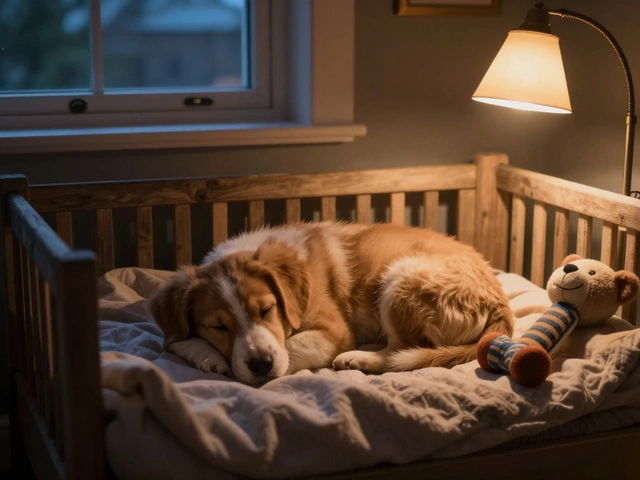Dog Crate Training: Simple Steps to a Calm, Safe Space
Thinking about putting your dog in a crate? It doesn’t have to be a punishment or a nightmare. When done right, a crate becomes a cozy den that helps your dog feel secure, eases house‑training, and gives you a handy way to travel or keep them out of trouble.
Choosing the Right Crate
First thing – size matters. Your dog should be able to stand, turn around, and lie down without hitting the walls. A crate that’s too small will make them nervous; too big turns it into a room and defeats the den effect.
There are two main styles: wire and plastic. Wire crates offer better airflow and are easy to fold for storage. Plastic crates feel more like a den and are great for travel. Pick the one that fits your lifestyle and your dog’s comfort.
Don’t forget the floor. If you’re using a wire crate, a soft blanket or a rubber mat helps reduce echo and keeps paws warm. For plastic crates, a thin towel works fine. Keep the interior plain – no toys or treats at first, so the crate stays a place for calm, not excitement.
Step‑by‑Step Crate Training
1. Introduce the crate as a happy spot. Place treats just inside the door, then a few steps deeper. Let your dog go in and out at will. Say a calm cue like “crate” every time they step inside.
2. Build short stays. Once they’re comfortable poking their nose in, close the door for a few seconds while you’re nearby. Open it right away and praise. Gradually lengthen the time by ten‑second steps.
3. Add meals. Feed breakfast or dinner inside the crate. The scent of food makes the crate a positive place and speeds up the learning curve.
4. Practice when you’re out. After a few minutes of solo time, step out of the room for short bursts. Keep the door closed and return with a calm voice and a treat. This shows the crate isn’t a place you abandon them.
5. Use a cue for bedtime. When it’s time to sleep, lead your dog to the crate with the cue word, give a treat, and close the door. Keep the lights low and stay consistent. Most dogs will settle quickly once they associate the cue with a calm bedtime.
Remember, never use the crate as punishment. If your dog starts to whine, wait a few minutes before letting them out – you’re teaching them that calm behavior keeps the door open.
These steps usually take a week or two, depending on the dog’s age and past experiences. Patience and consistency are the real keys. If you hit a snag, go back a step, give extra treats, and stay relaxed. Your dog picks up on your energy.
Crate training isn’t just a trick; it’s a safety net for both you and your pup. With the right crate, gentle introductions, and steady practice, you’ll have a calm, happy dog who sees the crate as a personal sanctuary.

Dog Crate Training at Night: Should You Really Do It?
Wondering if putting your dog in a crate at night is a good idea? This article tackles both the practical and emotional sides of nighttime crate training, with relatable examples and facts. You'll get no-nonsense advice about safety, comfort, and helping your dog feel secure. Real tips from dog owners make things easy to follow. Find out when crates work—plus a few situations where you might rethink it.
read more



